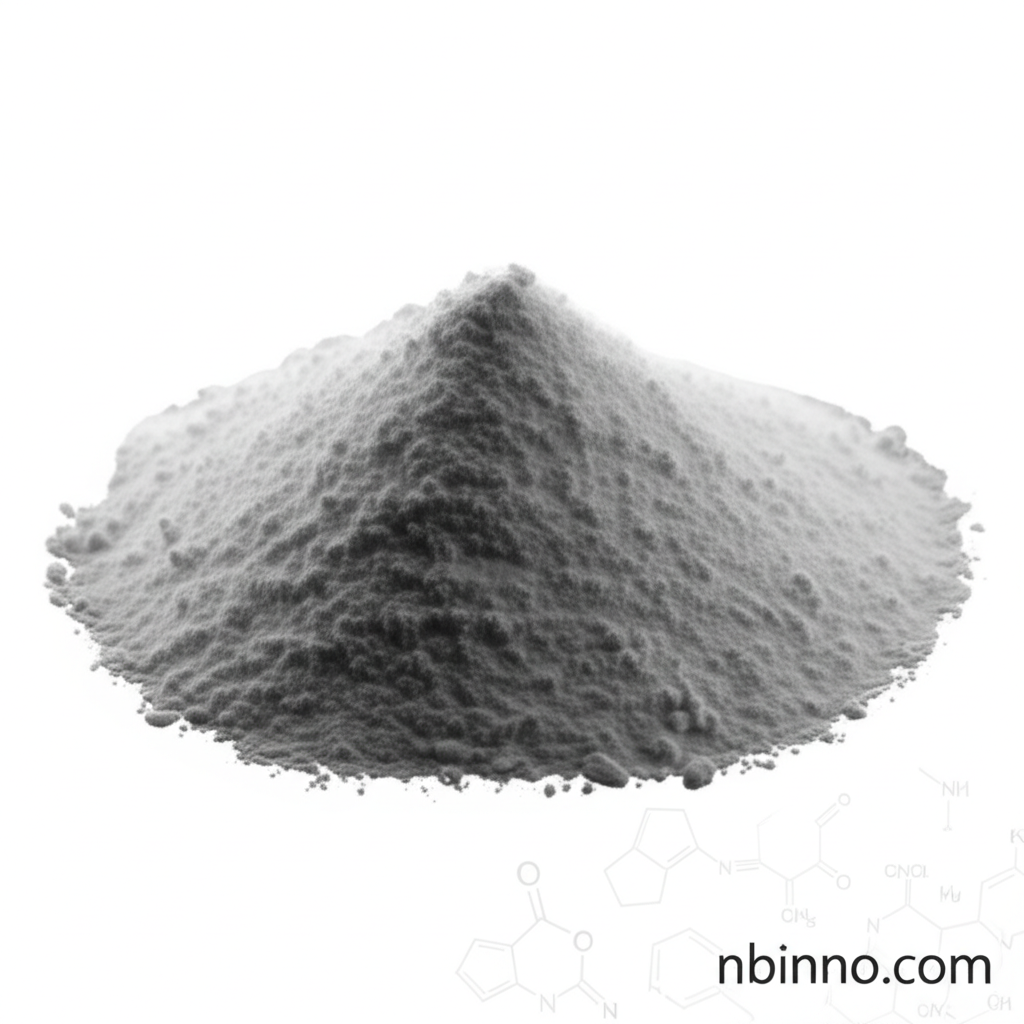Exploring 2-(Trimethylsilyloxy)ethyl Methacrylate: Properties and Applications
Unlock the potential of a versatile monomer for advanced polymers and biomedical innovations.
Get a Quote & SampleProduct Core Value

2-(Trimethylsilyloxy)ethyl Methacrylate
This chemical compound, identified by CAS 17407-09-9, is a key building block in modern material science and chemical synthesis. Its unique structure, featuring a trimethylsilyloxyethyl group, offers significant advantages in polymer chemistry and applications ranging from advanced coatings to sophisticated drug delivery systems. The compound's hydrolytic lability allows for controlled post-polymerization modifications, making it a highly sought-after intermediate.
- Benefit from hydrolytic lability for controlled 2-(trimethylsilyloxy)ethyl methacrylate modification in polymer synthesis.
- Discover the potential of 2-(trimethylsilyloxy)ethyl methacrylate in creating advanced polymers with tailored characteristics.
- Leverage its use in drug delivery systems for targeted therapeutic interventions.
- Explore its role as a monomer in creating biocompatible materials for medical applications.
Key Advantages Offered
Controlled Polymerization
The compound enables precise control in polymer synthesis, including atom transfer radical polymerization (ATRP), allowing for the creation of polymers with predictable molecular weights and low polydispersity.
Enhanced Material Properties
Incorporating this monomer can improve polymer adhesion, weather resistance, and mechanical stability, making it ideal for high-performance coatings and adhesives.
Biomedical Applications
Its biocompatibility and the ability to form functional hydrogels make it valuable for dental resins, medical devices, and drug delivery systems.
Key Applications
Polymer Synthesis
Serves as a versatile monomer for creating specialty polymers with specific properties, including use in custom chemical synthesis services and advanced polymer modification techniques.
Drug Delivery Systems
Utilized in formulating nanogels and other carriers for targeted drug delivery, leveraging its unique chemical structure for controlled release mechanisms.
Coatings and Adhesives
Enhances adhesion and durability in industrial coatings and sealants, contributing to the formulation of high-performance materials.
Biomedical Devices
Its biocompatibility makes it suitable for components in medical devices, potentially leading to improved outcomes in various therapeutic applications.
